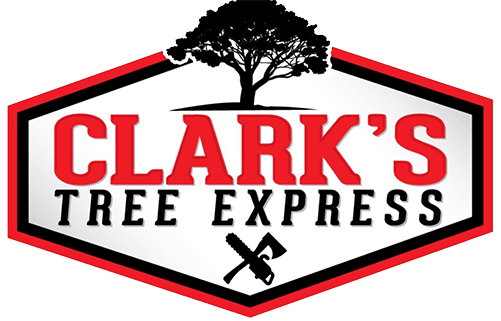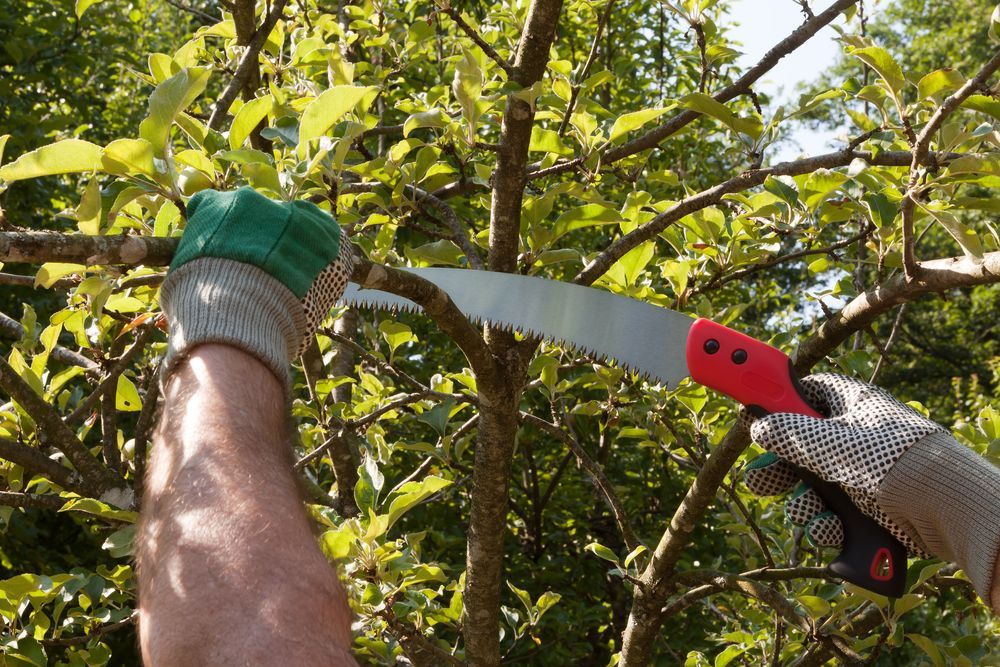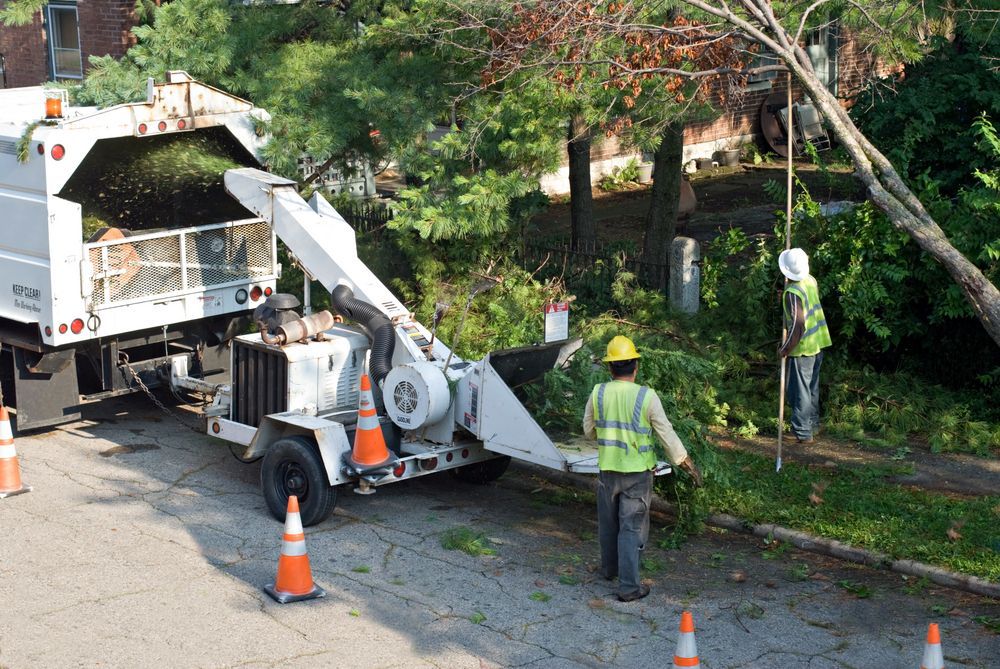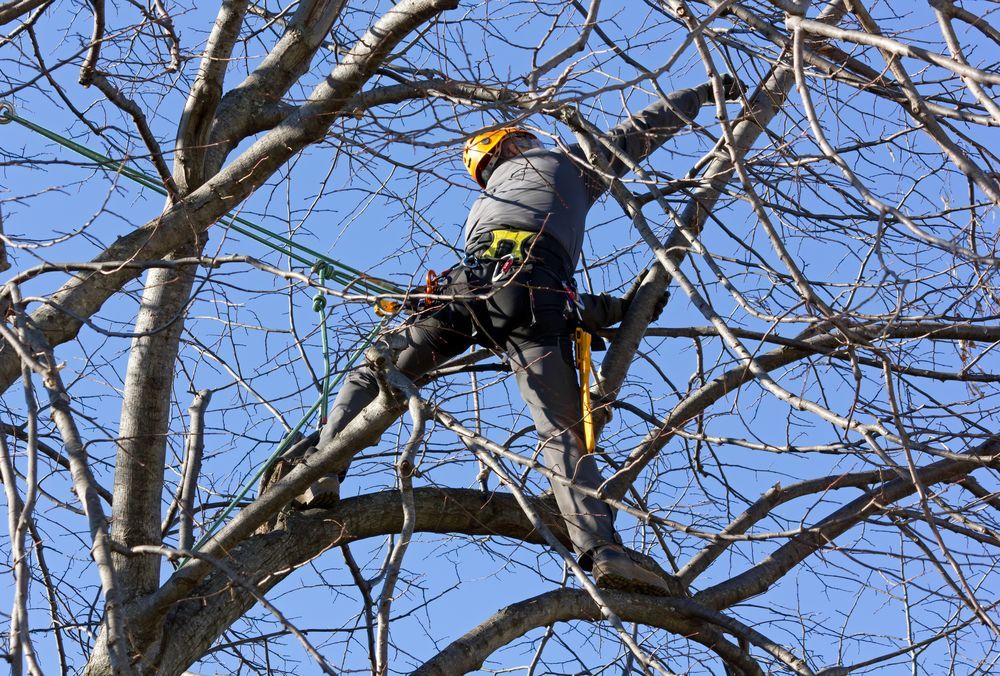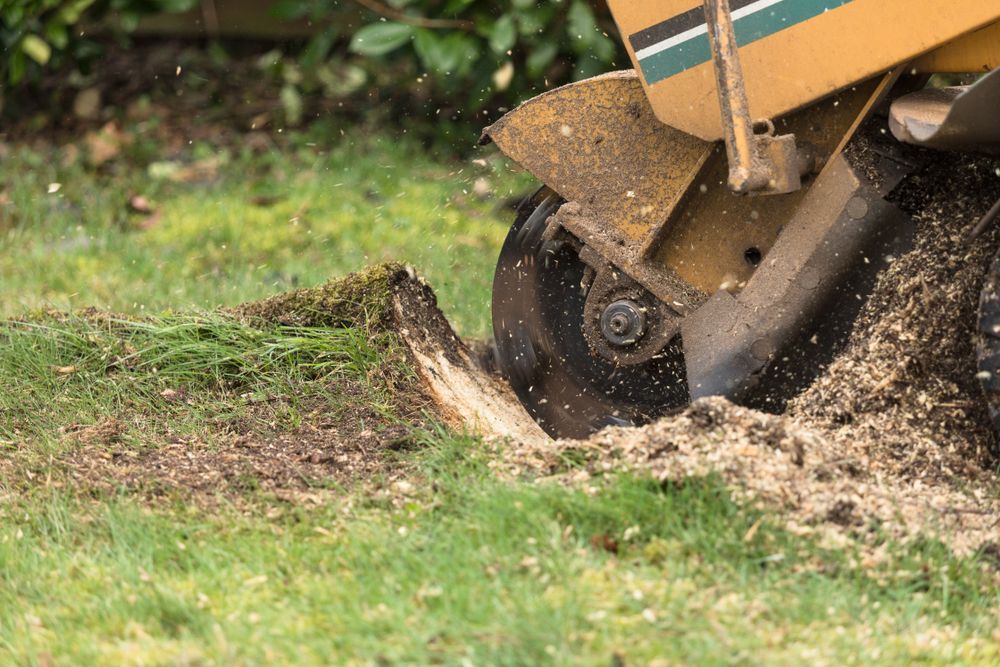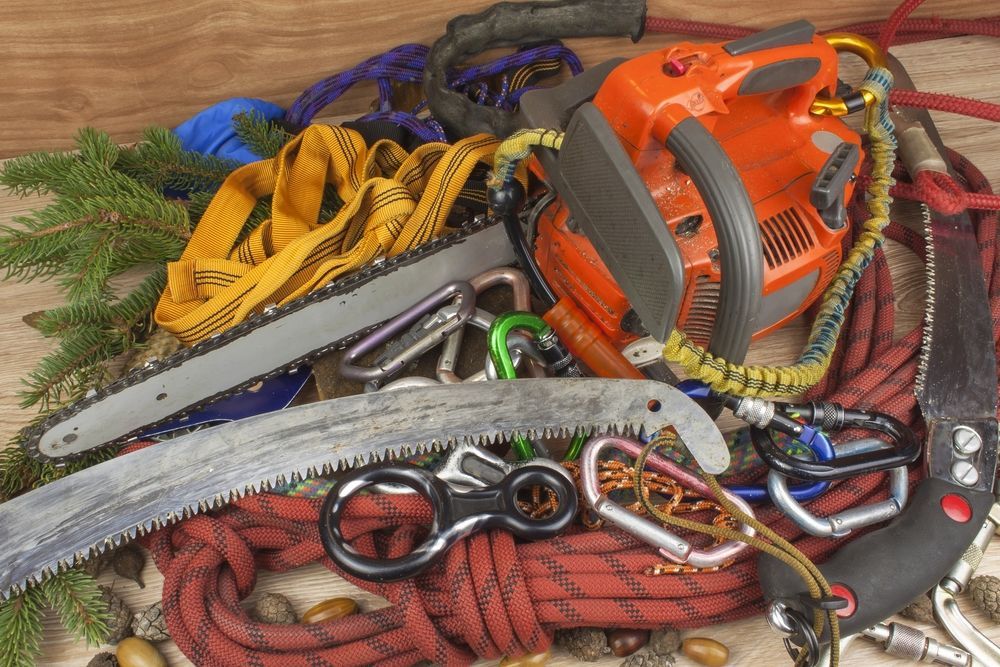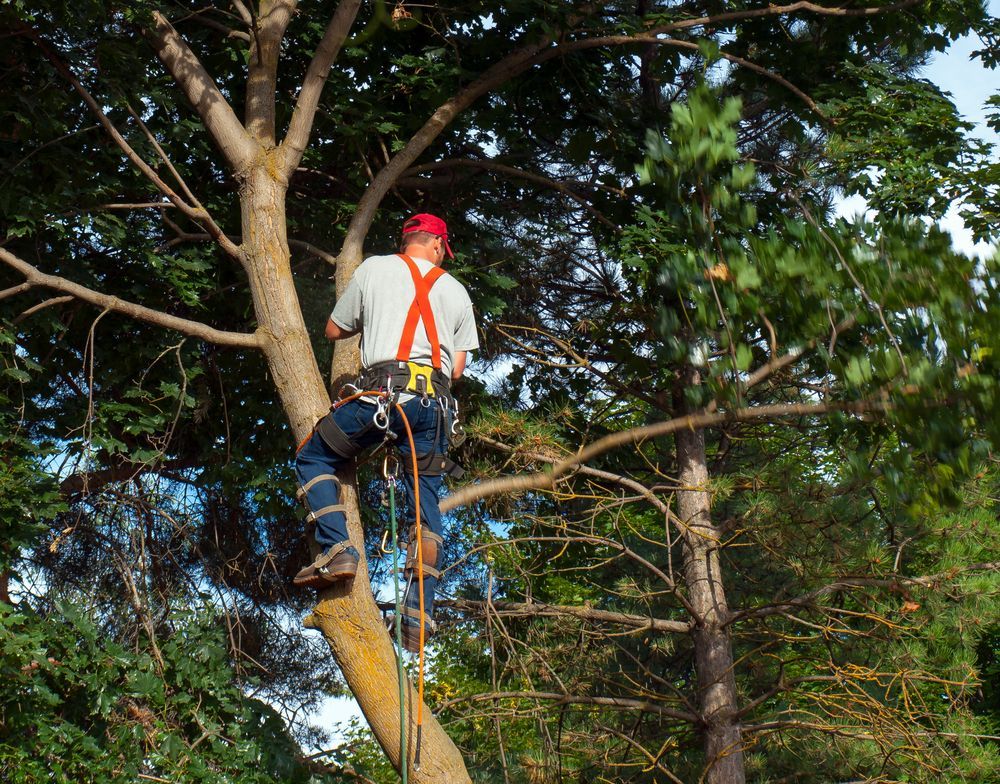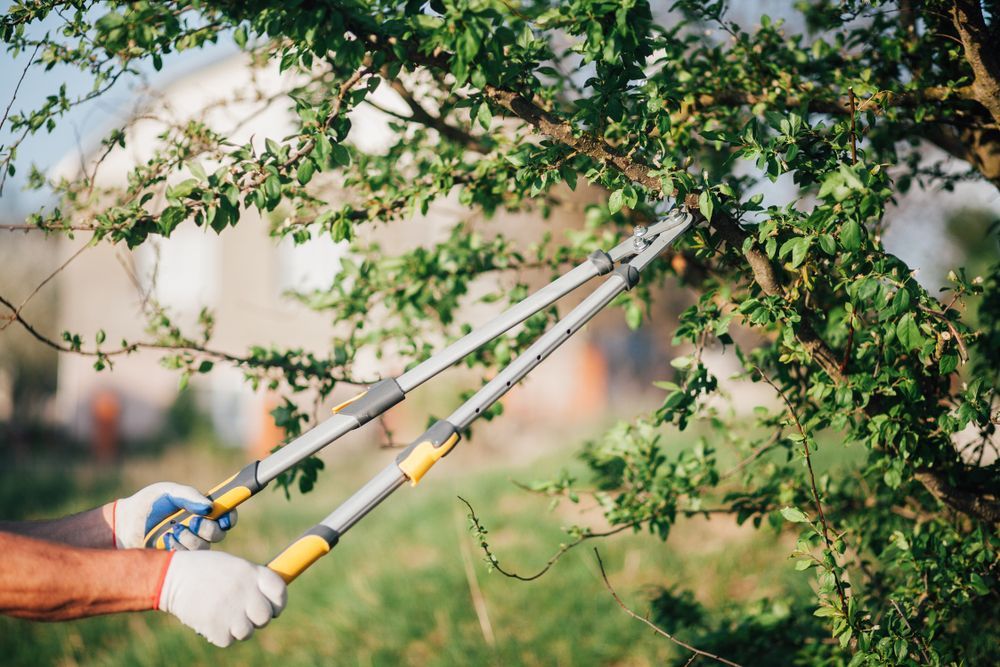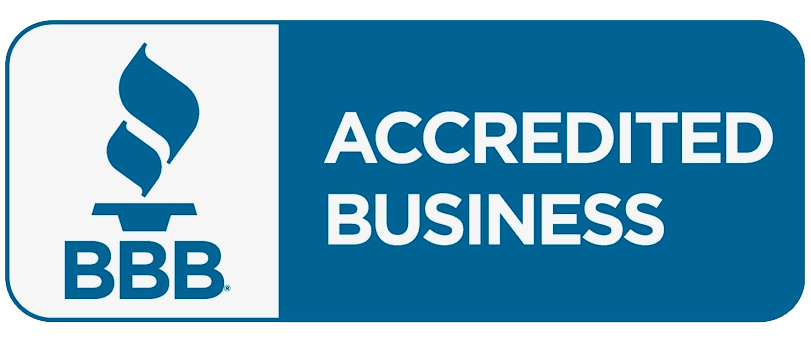Essential Questions to Ask Before Hiring a Tree Service
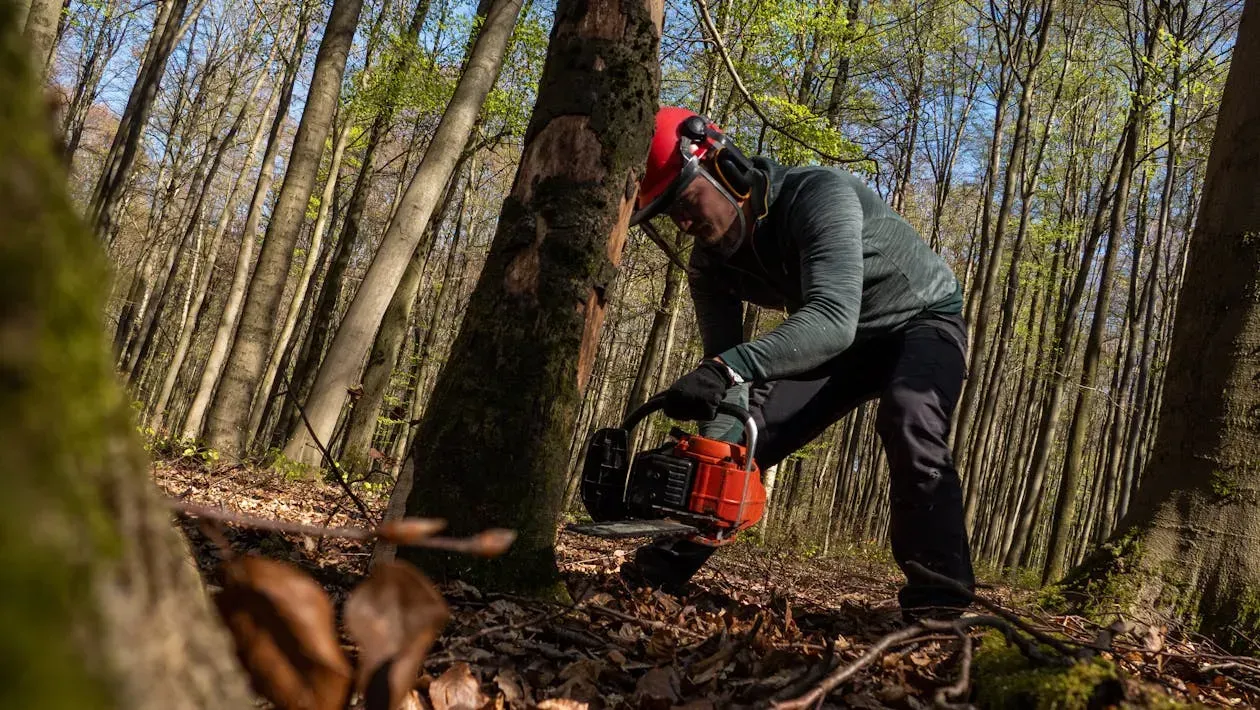
The right tree service company protects your property and keeps your trees healthy. But with so many options, how do you pick? Simple: ask the right questions. This guide cuts through the clutter, giving you the questions that uncover the best service for your needs. Let’s get to it.
Certifications and Insurance: What's Necessary
Certifications: Ensure they have ISA certification. It confirms tree care knowledge and skills. Also, check for additional qualifications relevant to your state or region.
Insurance: Verify they carry liability and worker’s compensation insurance. This protects you from liability for accidents on your property. Ask for proof and confirm its validity.
How Experienced Is Your Team?
Question: "Can you detail your team's experience and the variety of projects you've handled?"
Experience: Ask about their years in business and types of projects they've handled. Experience translates to a better understanding of how to tackle various tree care scenarios effectively.
Past Work: Request examples or case studies of their previous work. This can give you insight into their expertise and how they approach different challenges.
What Does Your Estimate Include?
Question: "Can I get a detailed breakdown of the estimate?" Ensure it covers all aspects of the job, from labor to cleanup.
Detailed Estimates: A reputable tree service will provide a detailed estimate. This should include a breakdown of costs, the scope of work, and the expected timeline.
Questions to Ask: Ensure there are no hidden fees. Ask if the estimate includes cleanup and disposal of debris. Clarity here will save you from unexpected costs later.
What Equipment Do You Use and How Do You Ensure Safety?
Question: "What equipment will be used, and how do you maintain it?"
Equipment: The right tools are crucial for safe and efficient tree service. Ask about the equipment they use and how they maintain it.
Safety Measures: Understand their safety protocols. A professional service prioritizes the safety of their crew and your property. Ask how they plan to protect your property during the work.
Can You Provide References?
Question: "Do you have any references from recent jobs?" Getting feedback from previous clients can provide real insight into their reliability and customer satisfaction.
Reference Check: "May I contact them?" Directly speaking to past clients can offer firsthand accounts of their experience with the service, further informing your decision.
What's Your Service Guarantee?
Question: "What guarantees do you offer on your work?" It’s important to know how a service stands behind its work, including how they handle any issues that may arise post-service.
Guarantee Details: "Can you provide details on what is covered and for how long?" Understanding the specifics of the guarantee ensures you know what to expect and what is considered acceptable follow-up service.
How Do You Ensure Safety During the Project?
Question: "What specific safety protocols do you follow during tree service projects?" Safety should never be an afterthought; it’s crucial for the well-being of both the workers and your property.
Safety Practices Detail: "How do you prepare and protect the work area and my property?" Details on their safety measures give you a sense of their professionalism and commitment to avoiding damage.
What Is Your Availability and Timeline for My Project?
Question: "How soon can you start, and what is the estimated completion time for my project?" Knowing their availability and how it fits with your schedule is crucial for planning.
Timeline Clarification: "What factors could potentially delay the project, and how are these handled?" Understanding potential delays and their management strategies helps set realistic expectations.
Conclusion
Armed with these critical questions, you're now equipped to engage in meaningful conversations with potential services. By focusing on qualifications, experience, safety, and professionalism, you can confidently identify a partner who will meet your tree care needs effectively and safely.
Frequently Asked Questions About Tree Services
How often should trees be trimmed or pruned?
Regular trimming and pruning are crucial for the health and aesthetics of trees. The frequency depends on the tree species, age, and health, as well as the objectives of the pruning (e.g., health, safety, aesthetics). Generally, it's recommended every 3 to 5 years for mature trees and more frequently for younger, fast-growing trees.
What is the best time of year to remove a tree?
The best time to remove a tree often depends on the reason for removal and the tree species. In many cases, winter, when trees are dormant, is ideal because it minimizes stress on the tree and surrounding vegetation. However, hazardous trees should be removed immediately, regardless of the season.
Can I trim a tree that's on my neighbor's property but extends into mine?
You may trim branches that extend over the property line into your yard, but only up to the boundary and without harming the overall health of the tree. It's always best to discuss this with your neighbor and potentially consult a professional tree service to avoid damage.
What should I do if a tree is hit by lightning?
If a tree is struck by lightning, it's important to assess the damage promptly. While some trees can survive a lightning strike, others may become hazardous. Consulting a certified arborist to evaluate the tree's condition and recommend treatment or removal is advisable.
How can I tell if a tree is diseased or dying?
Signs of a diseased or dying tree include significant leaf loss outside of autumn, discolored leaves, fungi growth, brittle bark, and dead branches. If you notice these signs, it's important to consult a tree service or arborist for a professional assessment and to discuss possible treatment or removal.
